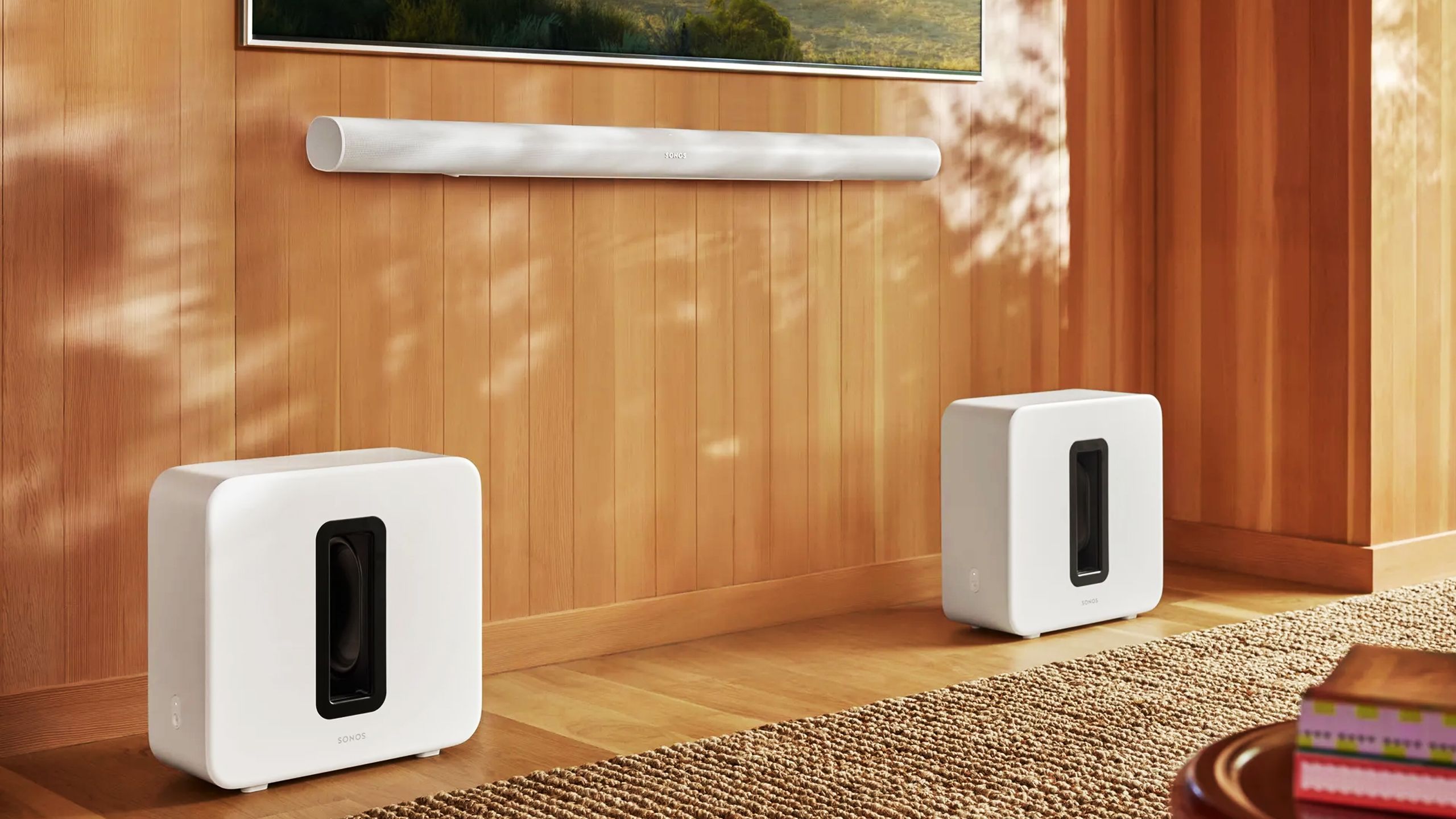Summary
- Movies, shows, and albums can still be impressive with the right 2.1-channel system. Many classics were mixed before Dolby Atmos ever existed.
- In some cases Atmos can actually be a distraction, highlighting the presentation rather than the content.
- It’s also potentially expensive — but if you’ve got a sizable budget, I’m not about to stop you. It’s ultimately about your own priorities.
I’ll admit it up front — the title is a little incendiary, at least in the light of how many people have bought into Dolby Atmos for home theater setups and music. No one wants to be told that their expensive soundbar or headphones were a pointless investment. And it’s a stones-in-a-glass-house situation, since I own costly things myself that other people could never justify, like an electric unicycle so powerful it can keep up with city traffic. I don’t ride it that fast, for the record. I just like the safety overhead.
I do honestly feel that Atmos is overhyped, though. It may be nice to have, but it’s something I can easily live without, no matter how much audio-, TV-, and even movie-makers might try to persuade me otherwise. Some of my reasons might apply to you too.
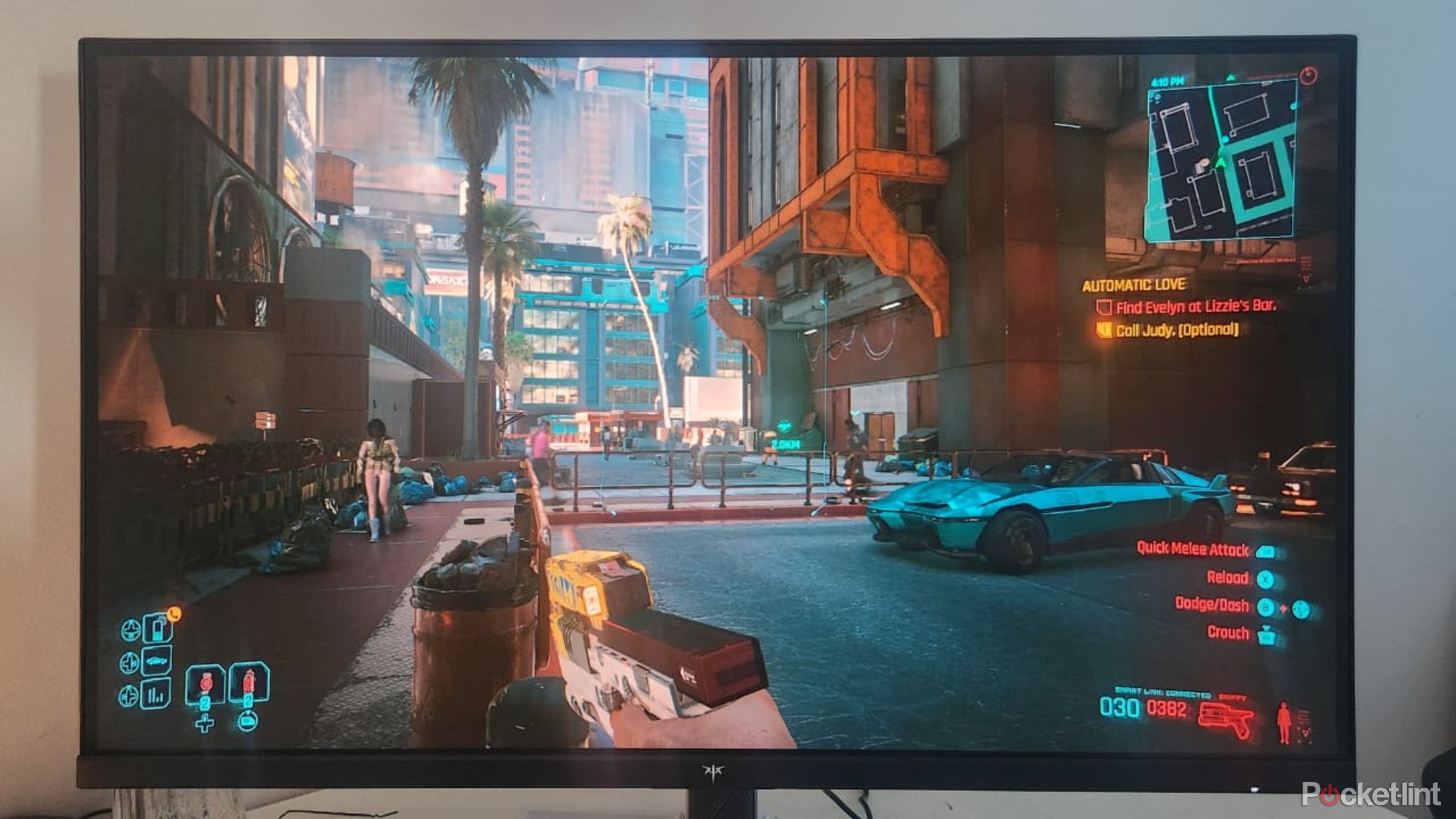
Related
5 display calibration settings that will level up your game for free
The display tech you use for gaming can matter (almost) as much as the system you’re playing on.
Getting back to basics
What are you really after in your entertainment?
20th Century
I’m a movie lover, with a Film diploma to prove it, but I’m also a child of the 1980s and ’90s. For a short while, it was novel for a multiplex theater to have surround sound, much less someone’s living room. I remember thinking that one of the most obvious signs a family was rich was if they had a 5.1-channel Dolby Surround system in their home, given that a lot of us were still watching TVs built into wood cabinets. Soundbars simply didn’t exist in a form anyone cared about.
The point is that many movies and TV shows are not only perfectly enjoyable without Atmos, but often mixed with stereo or “flat” surround sound in mind. Yes, the 4K Blu-ray for Aliens is no doubt an impressive demo for an Atmos system — but when James Cameron and crew were working on the movie, they mixed it for Dolby Stereo and a special six-track 70mm print. A lot of the Atmos mixes you hear are retroactive inventions, given that the technology didn’t exist for theaters until 2012, never mind the home market.
An aggressive Atmos mix can actually take me out of what I’m watching, reminding me of the “madeness” of the endeavor.
I do appreciate a good Atmos mix. But even when the format is well-delivered, there can be a gimmicky quality to it, as if filmmakers are shouting “look at what we can do” rather than trying to enhance the core message or atmosphere. An aggressive Atmos mix can actually take me out of what I’m watching, reminding me of the “madeness” of the endeavor.
That issue only intensifies with music. It’s novel to feel like you’re sharing a stage or studio with a band, but that’s just not how music is experienced at real-life concerts. So even when an album is natively recorded for Atmos, the medium can become a distraction, and it’s only worse if the format is applied to something that I know was originally mixed for mono or stereo.
In that sense, there’s a “purity” to a 2.1-channel system that I appreciate. And it’s not like 2.1-channel audio can’t wow me, often in ways that are more meaningful than 3D surround effects — I care far more about crystal-clear dialogue and strong bass response.
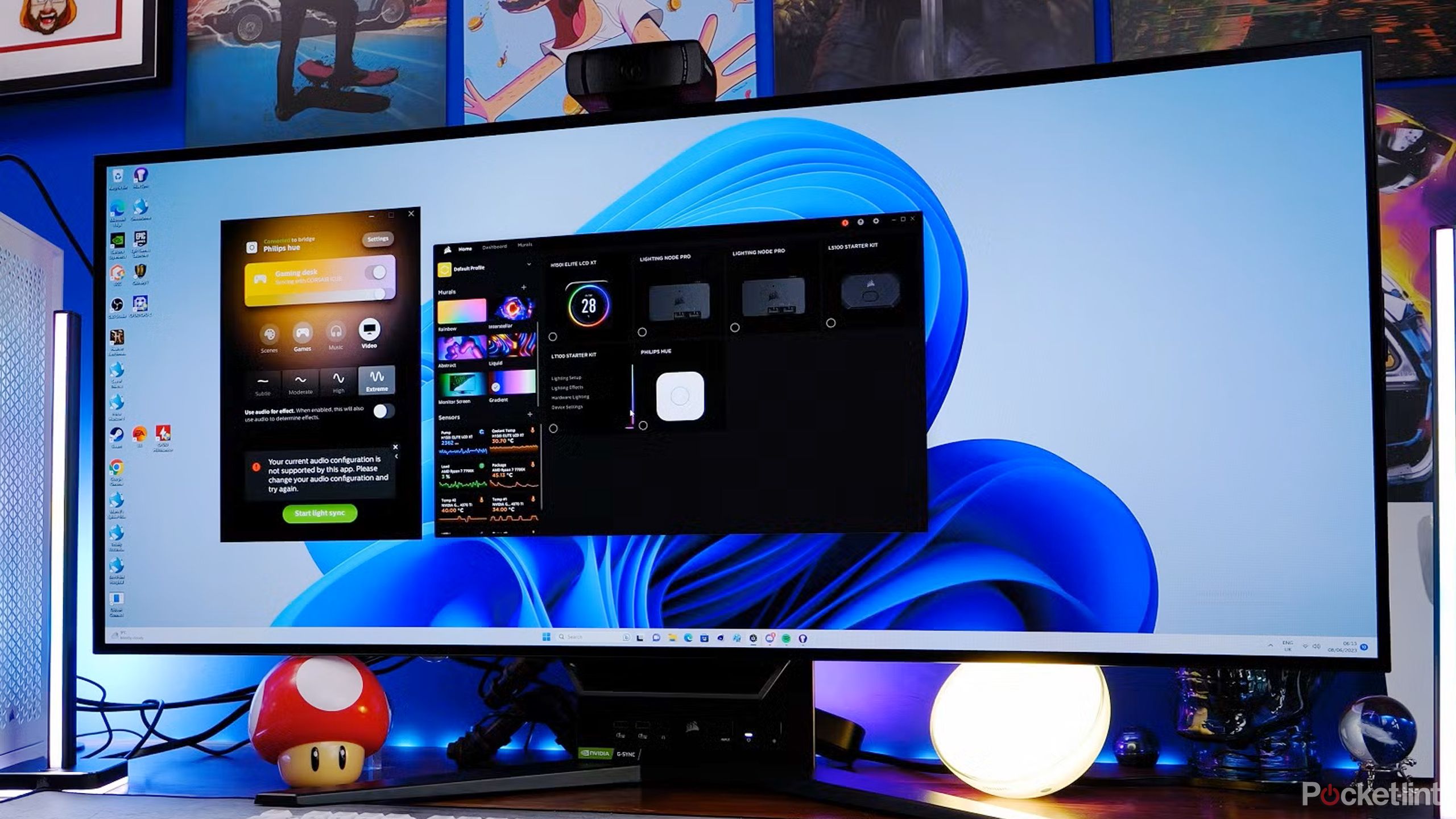
Related
4 tedious things to know before you buy an ultrawide monitor
The tech may look sexy, but it’s not for everyone.
The practical case against Dolby Atmos
Paying for the privilege
Sonos
The most obvious issue is the cost of Atmos-capable speakers and headphones. While the feature is becoming increasingly affordable, and de facto in some quarters, you do still have to pay a premium over gear without it. It’s one reason why I bought a Sonos Ray instead of a Beam. And some sort of premium will always be around, given that Dolby’s very existence depends on licensing fees that hardware makers tend to pass along to the rest of us.
Some sort of premium will always be around, given that Dolby’s very existence depends on licensing fees.
It can be tempting to spend further to get the most out of Atmos. While the Beam is fine, for example, the Sonos Arc offers an inherently wider soundstage, thanks to additions like up-firing drivers that bounce sound across your ceiling. The price of that performance is hundreds of dollars extra, and it’s still just a soundbar — a 7.1-channel Atmos system with separate satellites and a subwoofer could easily cost you a few thousand dollars. There’s a far smaller margin when you upgrade Atmos headphones, since they can only ever simulate Atmos anyway, yet some companies do try to deliver more immersion within those limits.
On top of all this, some streaming services charge you extra too. The best-known examples are Disney+ and HBO Max, both of which make you pay for their Premium tiers, but there are others beyond that in both music and video. Upgrading your subscriptions may be worth it for other combined benefits such as 4K resolution, but I’d think long and hard about paying more every year if your main interest is surround sound.
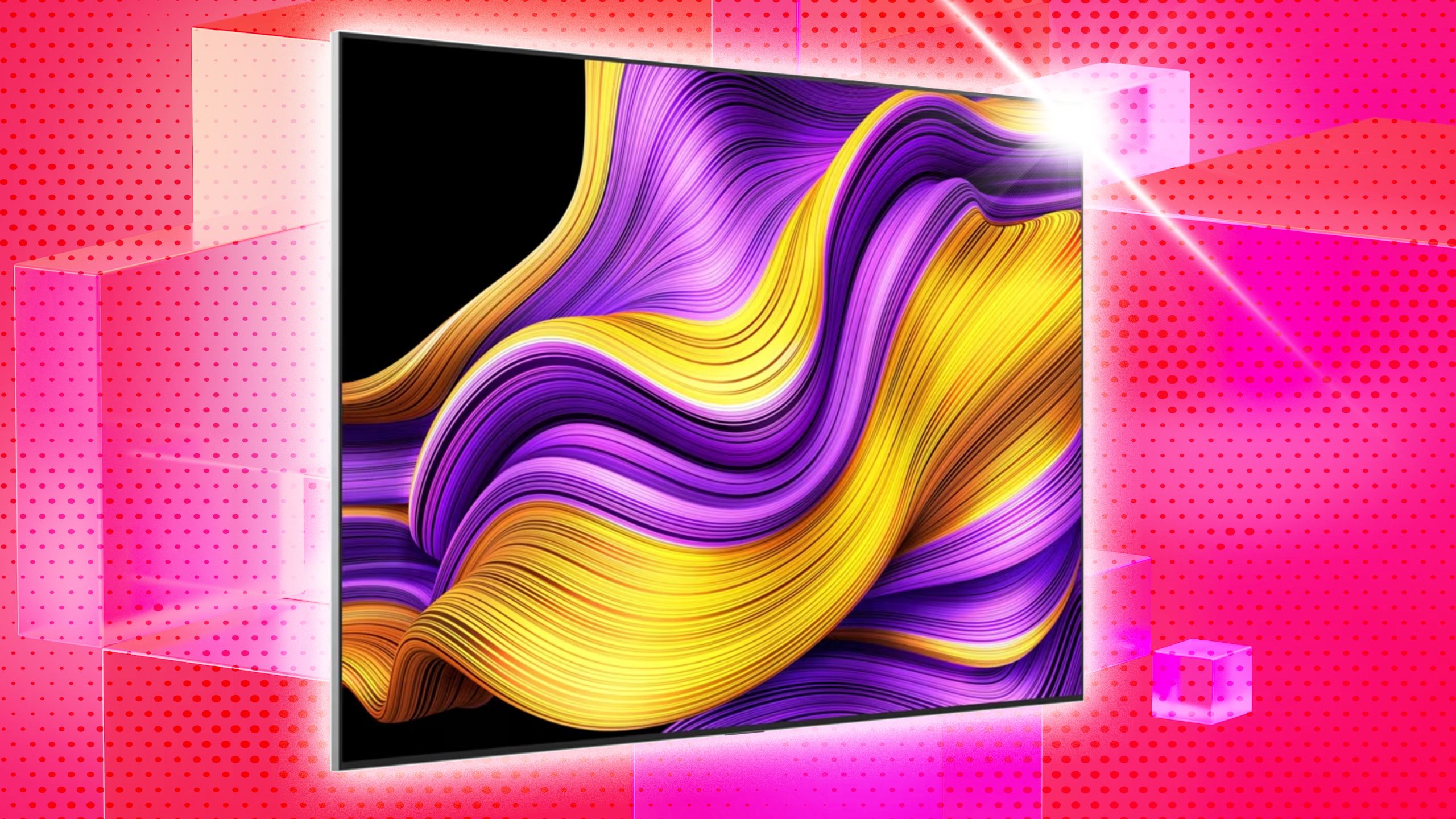
Related
4 reasons why I picked a smart TV over a projector
Projectors have come a long way, but they still don’t make sense for me.
You do you, though
Some final thoughts
Amazon Studios
The short version is that, from my perspective anyway, you can pay quite a chunk of change to invest in Dolby Atmos for questionable return. I’d gladly take an Atmos setup if one was dropped in my lap for free — but since that isn’t about to happen anytime soon, I’d rather focus my money on audio clarity, picture quality, and the actual content. The point of investing in a home theater isn’t making your neighbors jealous, or that gee-whiz moment when you try everything for the first time — it’s about sitting down to watch a new movie or a familiar favorite and feeling like you’re getting a complete experience.
The point of investing in a home theater isn’t making your neighbors jealous, or that gee-whiz moment when you try everything for the first time — it’s about sitting down to watch a new movie or a familiar favorite and feeling like you’re getting a complete experience.
That “perspective” part is important, of course. Some people may not feel like they’re getting a full experience without Atmos, particularly when watching recent movies and shows. And if you’ve got an ample budget, you may not even care about what constitutes a full or authentic experience — you can buy into the Atmos ecosystem and choose to disable the format when it doesn’t suit you.
So you know what? I’m not actually telling you to avoid Atmos. If it floats your boat, knock yourself out. I just wanted to bring an alternative perspective to your eyes and ears.
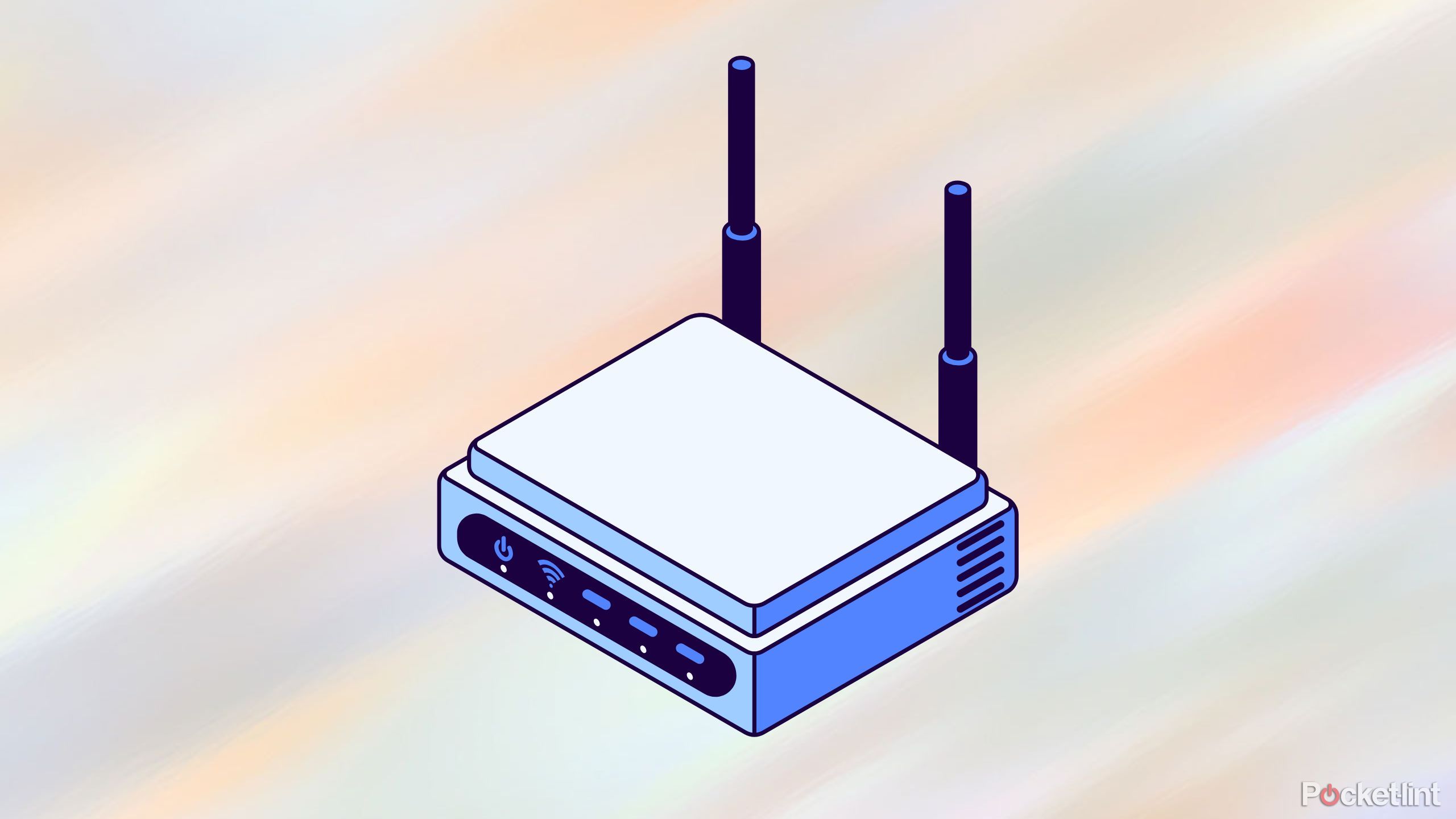
Related
4 router tricks I use to speed up my Wi-Fi for online gaming
Your gaming gear needs to be on a pedestal in your network.






